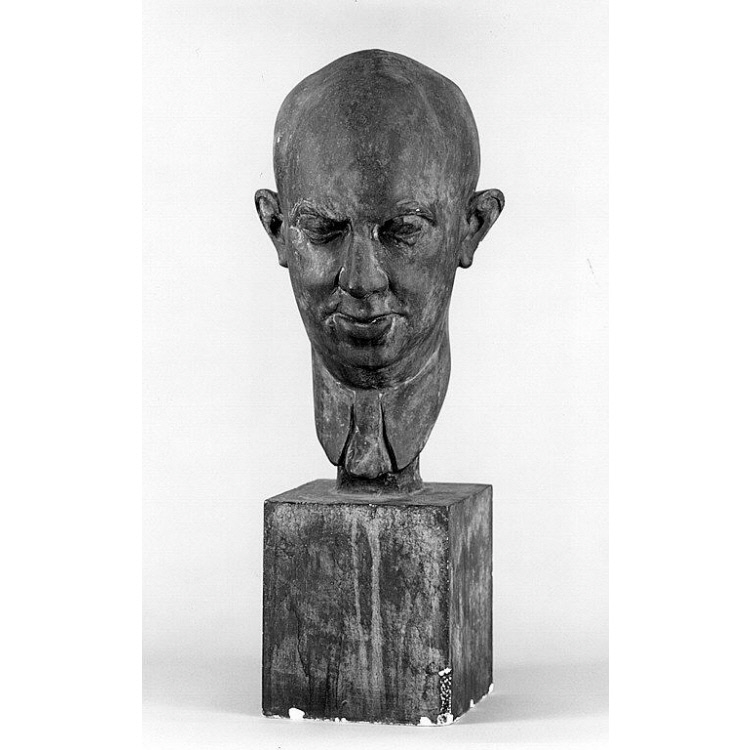Reuben Nakian
Reuben Nakian was the youngest of five children of Armenian immigrants. He studied briefly at the Art Students League in New York City in 1912, but received his formal training as an apprentice to the sculptor Paul Manship and his assistant, Gaston Lachaise. Nakian's early sculptures in marble, wood, and bronze are stylized animals that forthrightly display Manship's influence. His first solo exhibition was held at the Whitney Studio Club in New York in 1926. Nakian's eight-foot-high plaster sculpture of Babe Ruth brought the artist national attention in 1934, but the work was never cast in bronze. His mature style, often expressed in monumental works, was influenced by Abstract Expressionism, with highly textured surfaces, improvisational gesture, and broad pictorial interpretation.
National Museum of American Art (CD-ROM) (New York and Washington D.C.: MacMillan Digital in cooperation with the National Museum of American Art, 1996






